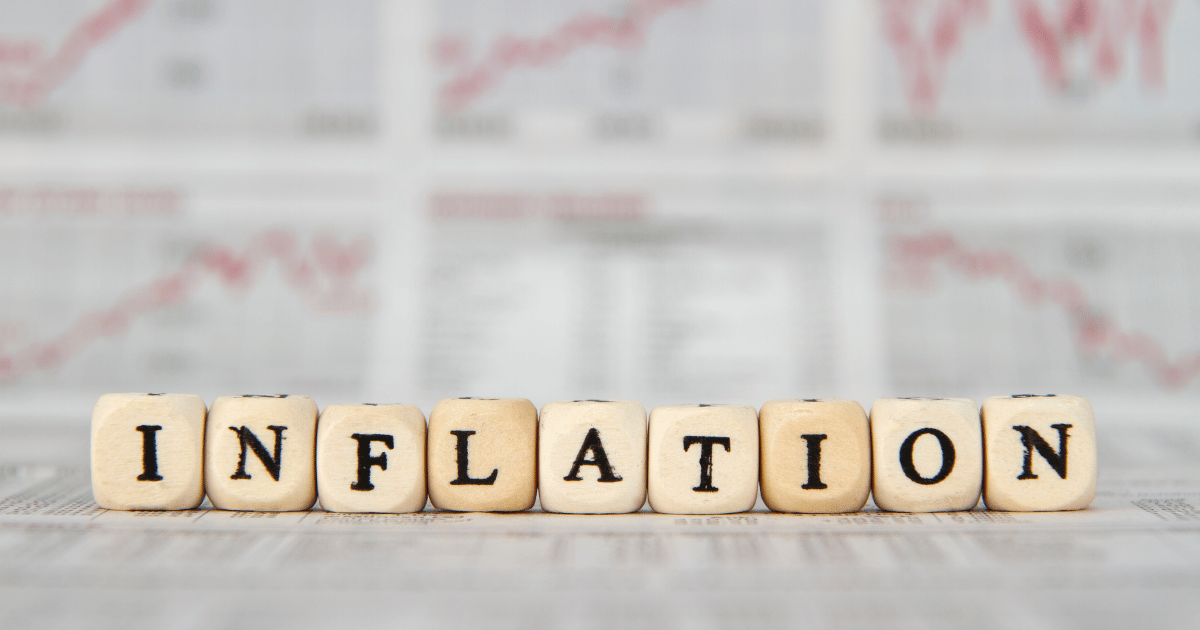Inflation is an important economic concept that significantly impacts the purchasing power of money. Firstly, it occurs when the overall price level of goods and services rises, resulting in a decrease in the value of currency. Consequently, this phenomenon directly affects the cost of living, making everyday items more expensive for people. Moreover, it plays a crucial role in influencing interest rates and investment decisions, which in turn can greatly influence the overall health of an economy. Therefore, understanding inflation is vital for individuals, businesses, and policymakers alike to make informed financial choices and ensure economic stability.
Introduction to Inflation:
Table of Contents
What is an inflation?
Inflation is an economic phenomenon characterized by a sustained increase in the overall price level of goods and services in an economy. When inflation occurs, the purchasing power of money decreases, leading to higher prices for goods and services. Understanding inflation and its causes is crucial for individuals, businesses, and policymakers to implement effective strategies to control and manage its impact on the economy. This guide provides an overview of inflation and explores various methods to control it.
1. Understanding Inflation
It is a general rise in prices that affects the cost of living for consumers and the operating costs for businesses. It can be caused by various factors, including:
Demand-Pull Inflation:
Occurs when aggregate demand in the economy exceeds the available supply, leading to higher prices due to increased demand for goods and services.
Cost-Push Inflation:
Arises when the cost of production for businesses increases, forcing them to pass on the higher costs to consumers through elevated prices.
Built-in Inflation:
Results from the expectation that prices will continue to rise, leading to higher wages and production costs, perpetuating the inflationary cycle.
2. Controlling Inflation
To mitigate the adverse effects of inflation on the economy, governments and central banks implement various strategies to control it. Some effective measures include:
Monetary Policy:
Central banks, such as the Federal Reserve in the United States or the European Central Bank, can control inflation by adjusting interest rates. Higher interest rates can reduce borrowing and spending, leading to decreased demand and inflation.
Fiscal Policy:
Governments can influence inflation through fiscal measures, such as taxation and public spending. Reducing government spending can help decrease demand and combat inflationary pressures.
Supply-Side Policies:
Addressing the root causes of cost-push inflation can be achieved through supply-side policies. These policies aim to reduce production costs and increase the overall supply of goods and services, leading to more stable prices.
Wage and Price Controls: In extreme cases, governments may impose wage and price controls to limit the increase in prices and wages. However, this approach can have unintended consequences and is generally considered a short-term solution.
3. Managing Inflation Expectations
Expectations of future inflation can influence current inflation rates. If businesses and consumers anticipate higher prices in the future, they may adjust their behavior, accordingly, leading to a self-fulfilling prophecy of rising inflation. To manage inflation expectations:
Communication:
Central banks and policymakers should communicate their inflation targets and strategies clearly to the public to influence their expectations. By doing so, they can foster transparency and confidence in their approach. This, in turn, allows individuals, businesses, and investors to make informed decisions based on their understanding of the central bank’s actions and goals.
Transparency:
Transparent monetary and fiscal policies can foster confidence in the economy, leading to more stable inflation expectations.
4. Long-Term Economic Growth
Sustainable economic growth is essential for controlling inflation. When an economy grows steadily, it can absorb inflationary pressures more effectively. To promote long-term economic growth:
Investment in Infrastructure:
Governments can invest in infrastructure projects to stimulate economic activity and create jobs.
Education and Innovation:
Fostering education and innovation can lead to increased productivity and efficiency, thereby helping to keep inflation in check. As a result, investing in education and promoting a culture of innovation enables workers to acquire new skills and knowledge, making them more productive. Increased productivity means that goods and services are produced at a lower cost.
Conclusion:
Inflation is indeed a complex economic phenomenon; however, with careful management, it can lead to economic stability. By gaining a comprehensive understanding of the causes of inflation, governments and policymakers can implement appropriate control measures. These actions are crucial to maintain price stability, foster economic growth, and safeguard the purchasing power of individuals and businesses.
FAQS:
What is inflation in simple words?
Rising prices for goods and services, reducing the value of money over time.
What are the 5 causes of inflation?
The five main causes are:
Demand-Pull
Cost-Push
Built-in
Monetary Factors
Supply-Side Shocks

